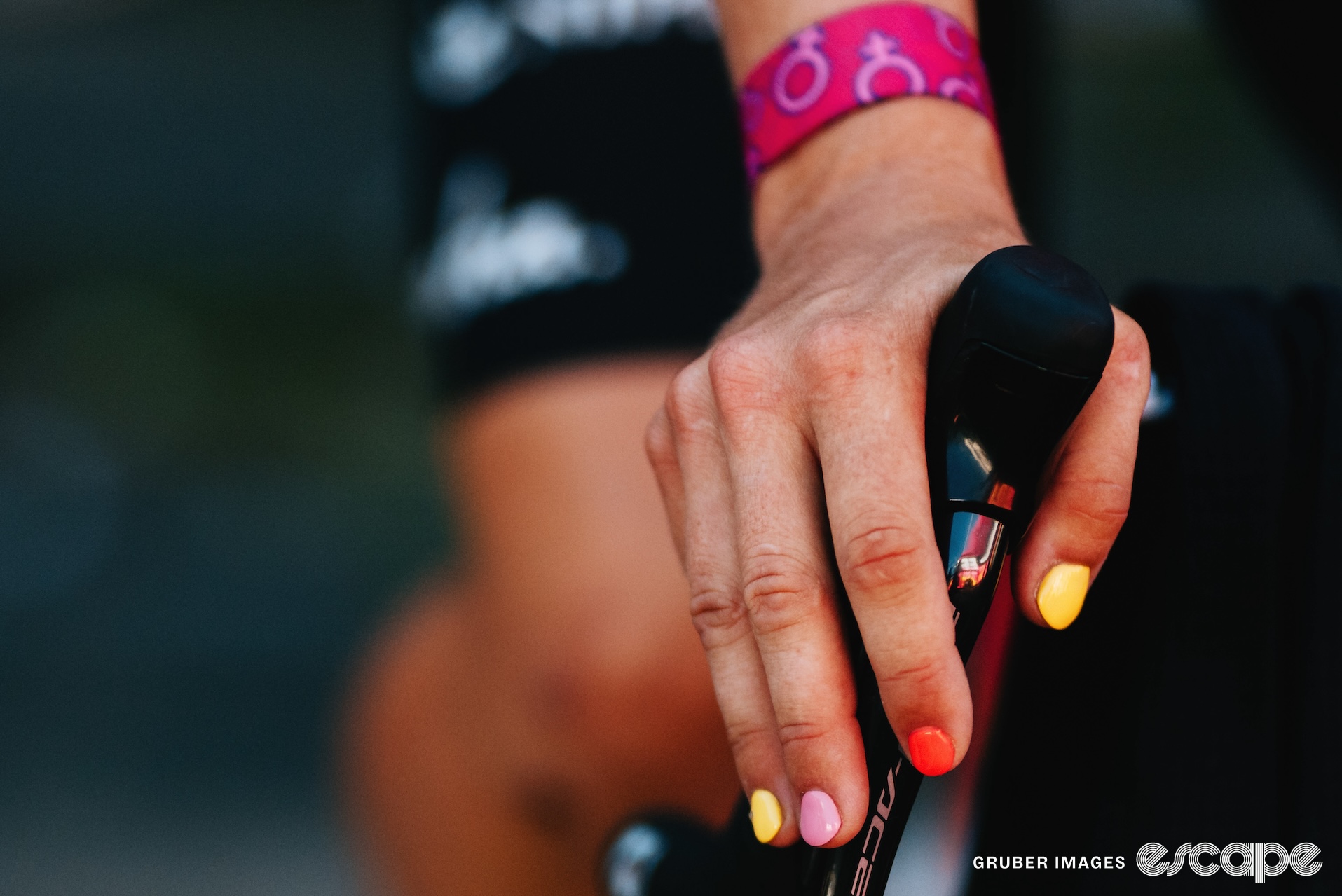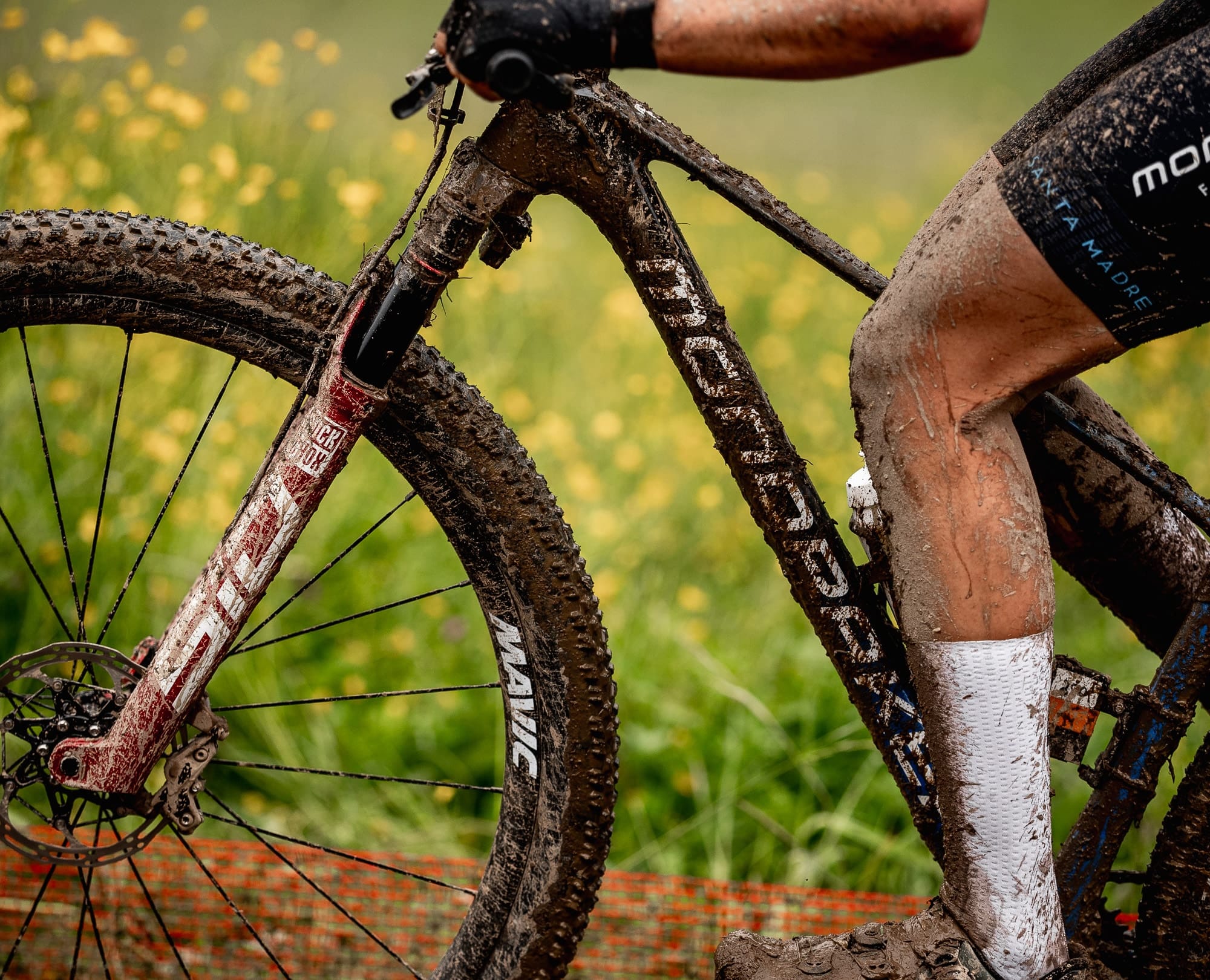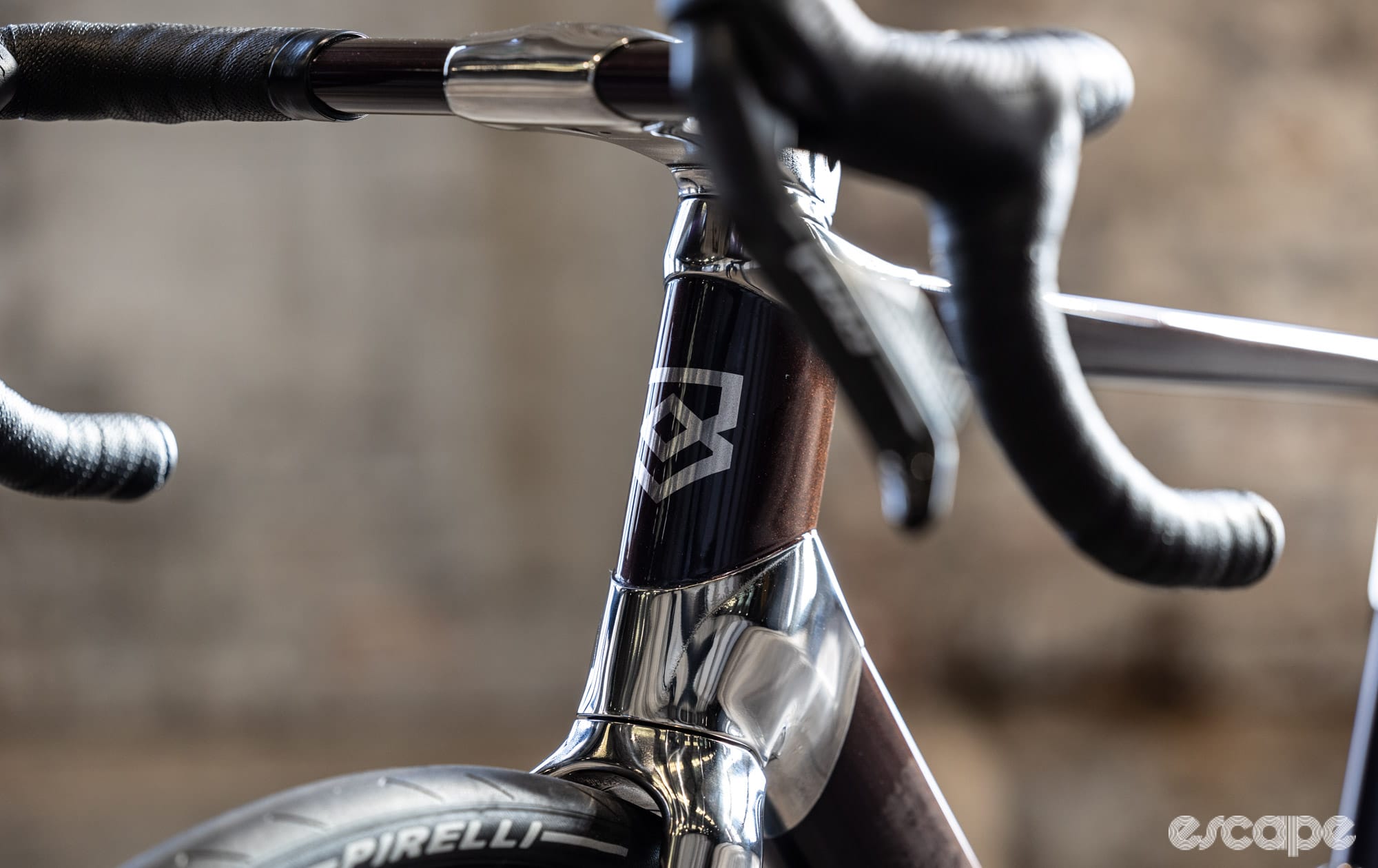Sport and femininity are two concepts that have long had a complicated relationship. Go back not even that long ago, and the two were not even allowed to coexist at all: women have often been excluded from sport, a domain seen as reserved for men. Football bans, no women’s Tour de France, exclusion at grassroots level – women have had to fight to claim their place in the sporting world.
Slowly but surely, women are now being permitted into the field of professional sport, but society still places expectations on what female athletes can and can’t be. Many athletic qualities – strength, aggression, competitiveness – are still seen as stereotypically masculine attributes. In the eyes of some, there’s no way a female athlete can win: to present in a masculine way is unacceptable as a woman, but to show femininity is weakness, or showing off, or any other such sexist reproval.
For female cyclists, this complicated intersection is no different, but at the Tour de France Femmes avec Zwift, femininity in all its forms is shining through. Many women of the peloton ride adorned with necklaces and earrings, and here beaded friendship bracelets are the fashion of the summer, whilst the best nails of the Tour may as well be a classification in its own right.
Such an expression of femininity, individuality and fashion in a sport where so much of what you look like – your kit, your helmet, even your hair because of practicality – is out of your hands is refreshing, and quietly important for many riders.
“It's really important for me to stay feminine and really like to do something about myself and I like to show a little bit of myself so for sure it's important for me,” Emma Norsgaard told Escape Collective, sporting gold jewelry, neon pink ombré nails, and decorative tattoos.
“It gives me some kind of strength I think. If I think, 'Yeah, you look good, you have nice necklaces,' then maybe I go faster on the bike.”
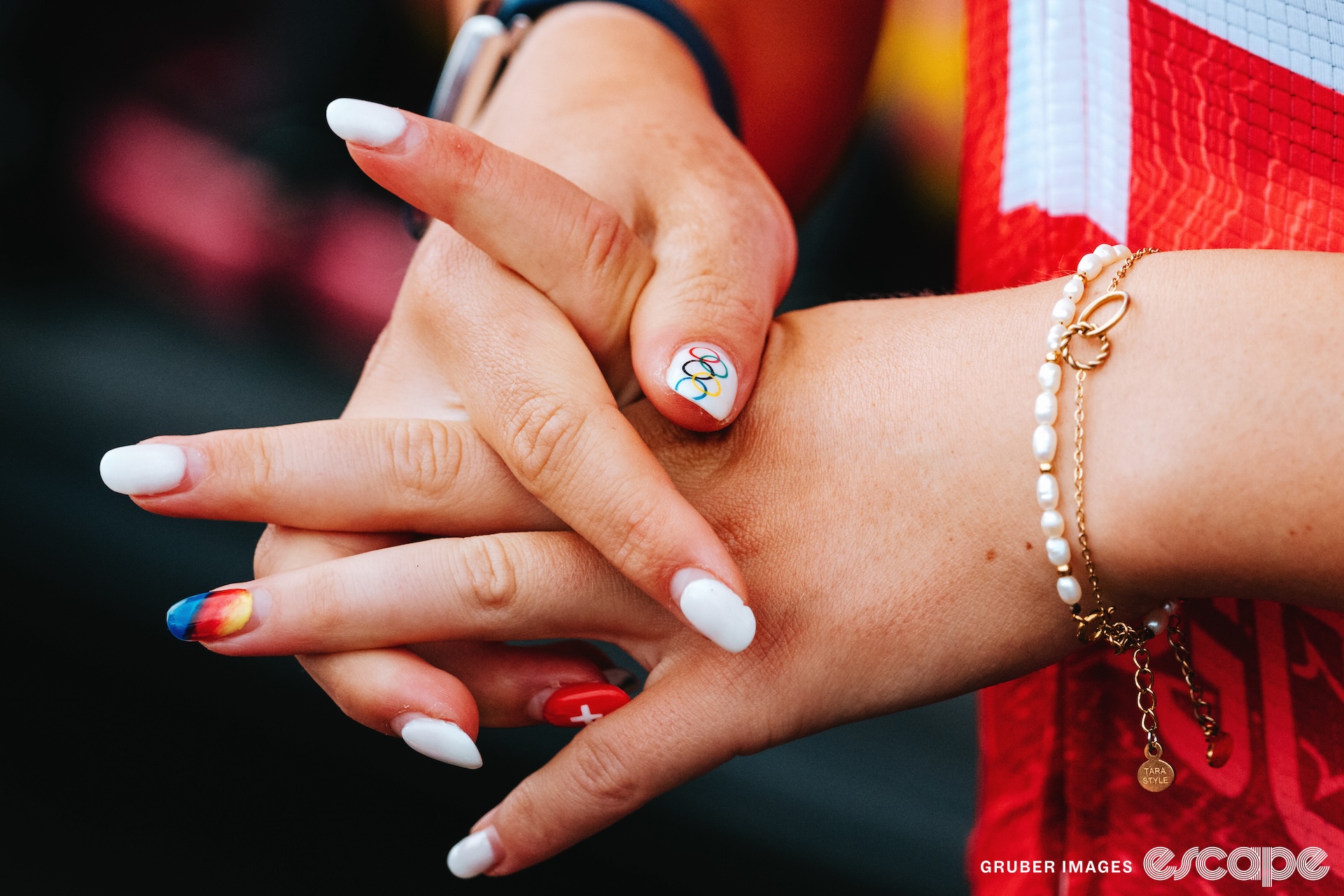

In this year’s Tour de France peloton, Norsgaard is one of the most accessorised, but there are others who take it further. Whilst wearing makeup on the bike is generally impractical, plenty of riders will have their lashes and brows immaculately done – asking around the paddock, Letizia Paternoster was a name that always cropped up – and these are all things that help riders' mentality.
“It's definitely harder when you have to be in a uniform,” was Lily Williams’ summation, though her particular uniform is a pretty nice one: Human Powered Health collaborated with fashion house Maisie Wilen for their Tour kit, one of many intersections between designer wear and cycling.
“We're always wearing cycling kit and sportswear most of the year, so it's always good when we're home to be well dressed and have our nails and everything,” said FDJ-Suez's Évita Muzic. “For sure I don't wear makeup so much, because in the race it's hard to keep, but it's nice when I'm home to have some time for this.”
Muzic wore various dainty bracelets, matching nails with a teammate, and a beaded bracelet for some extra motivation.
“I like to do my nails and I always have my lucky jewelry that I never take off,” she said. “This year we have friendship bracelets that we made on altitude camp for everyone in the team with our motto 'Never give up'.”
Whilst showing off a feminine streak is important for some riders, it’s certainly not a universal thing across the peloton, with the 150 women in the bunch presenting and expressing themselves in all different ways. What’s more key is that riders feel like they have the space to choose – they are not expected to be one way or another, just because they are professional sportswomen.
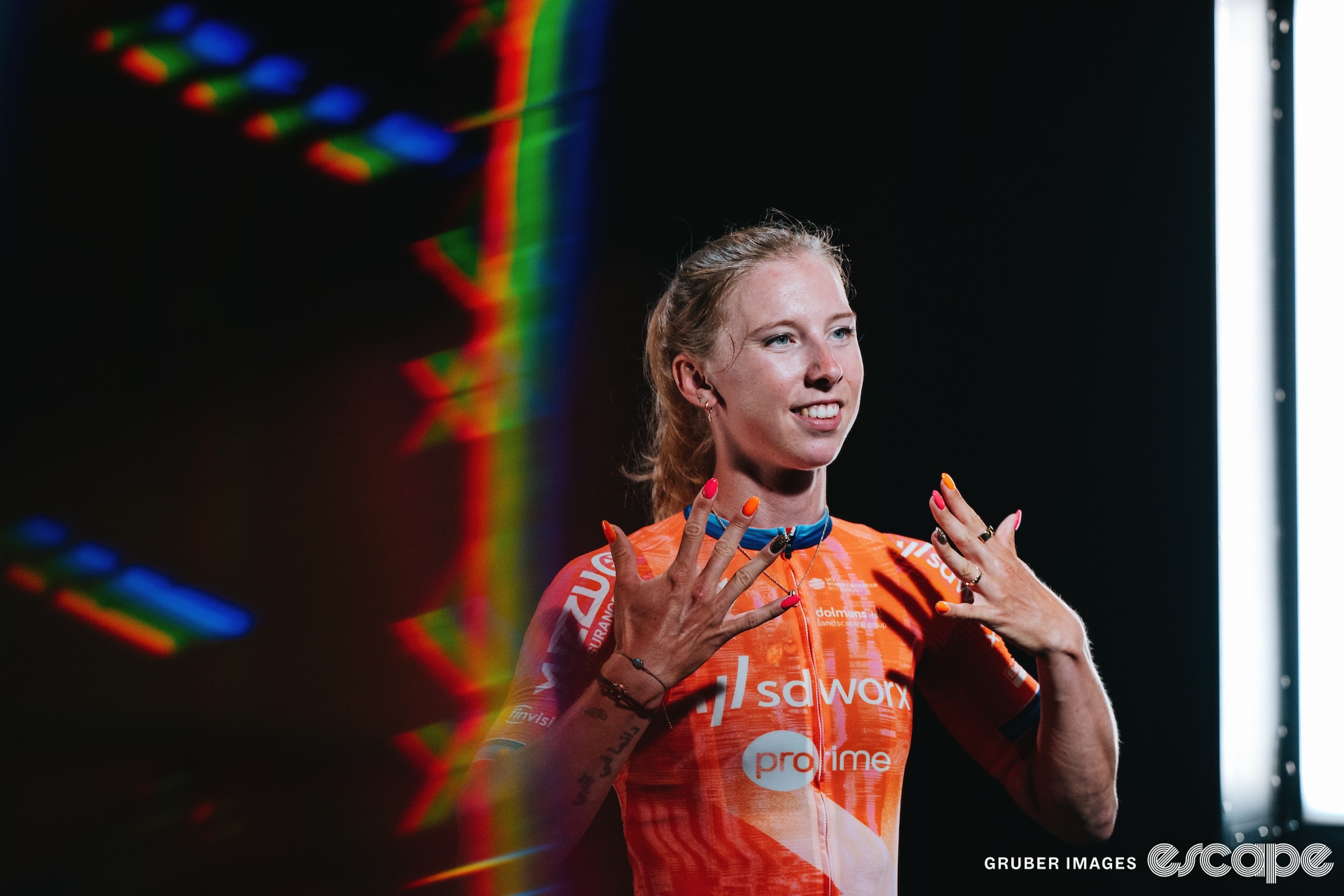
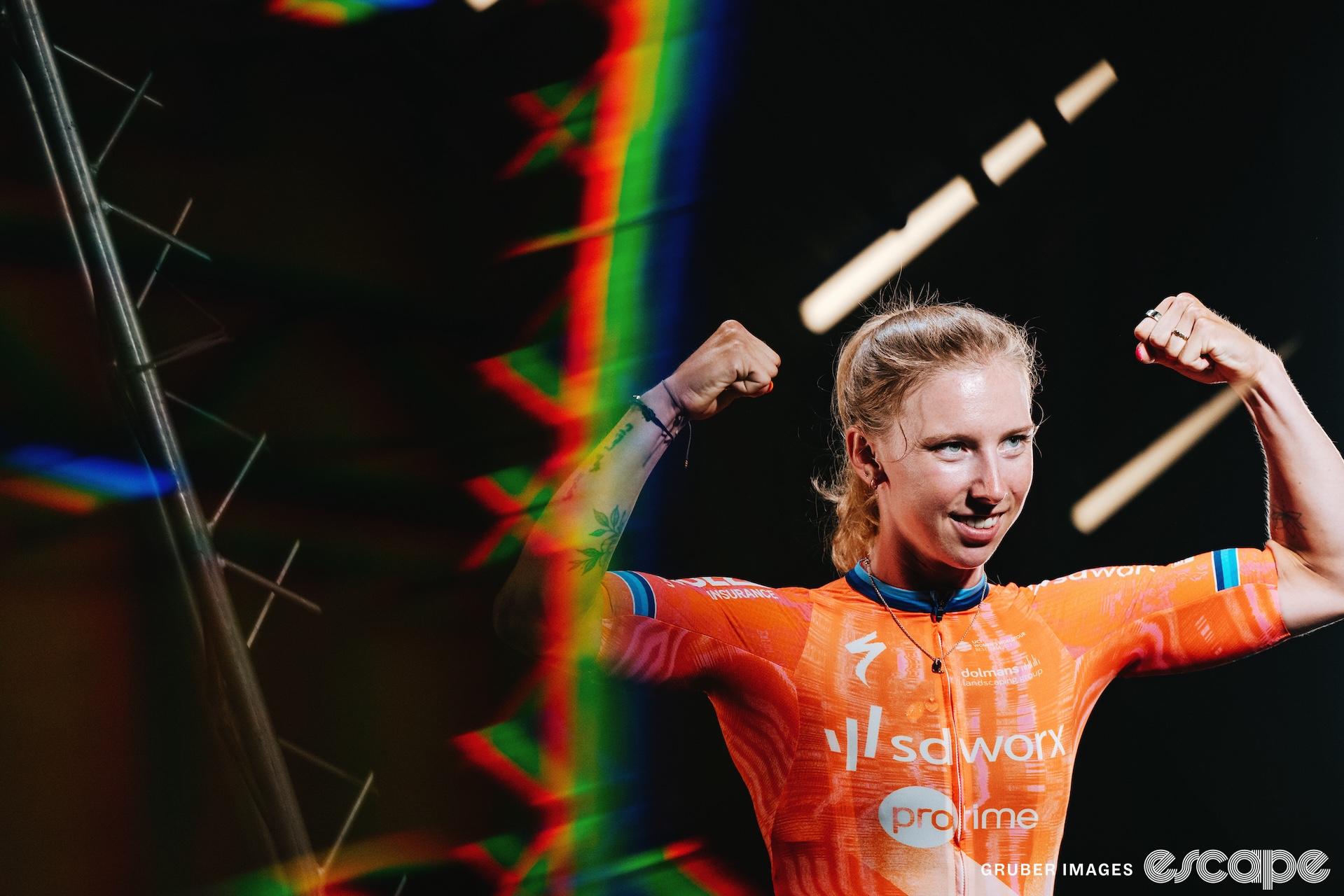
“People want you to be an athlete, but they want you to be a feminine athlete, but it's not always possible to fit in the box that society wants you to fit in. But I think it's getting better every year,” said Williams.
The American took a practical approach – “I don’t want shit to be in the way” – opting for a few different earrings, and gel nails she did herself. The peloton’s other budding nail tech, Daria Pikulik, is Williams’ teammate.
“It's a challenging question,” Williams answered when asked about her relationship with femininity on the bike. “Obviously it's different for everybody. I think for me, I approach it more as just any person doing any activity. It is the Tour de France Femmes, but I'm just a person here doing the race that I'm here to do.”
Most women in sport have grown up competing with boys in some way or another, so expressing femininity is also a way of reclaiming a space, and asserting to the world that you are a woman, and you want to be represented, not just slot in and conform or be seen as an extension of the boys.
“Since I was 13, it was only with boys and we were not so many girls,” said Muzic. “When you're younger and you don't have makeup or anything, everyone is a bit the same, but now I think every year we are more feminine on the bike.”
That doesn’t mean all more ‘girly’ riders have felt that side of them to be repressed, though, especially amongst the younger generation of pros.
“I've always been a really girly girl, and that was always allowed,” said Norsgaard. “When I was young I had a full pink bike and everything pink, so I've always been this girl that goes all in with fashion and jewelry and stuff, so it's since I was little actually.”
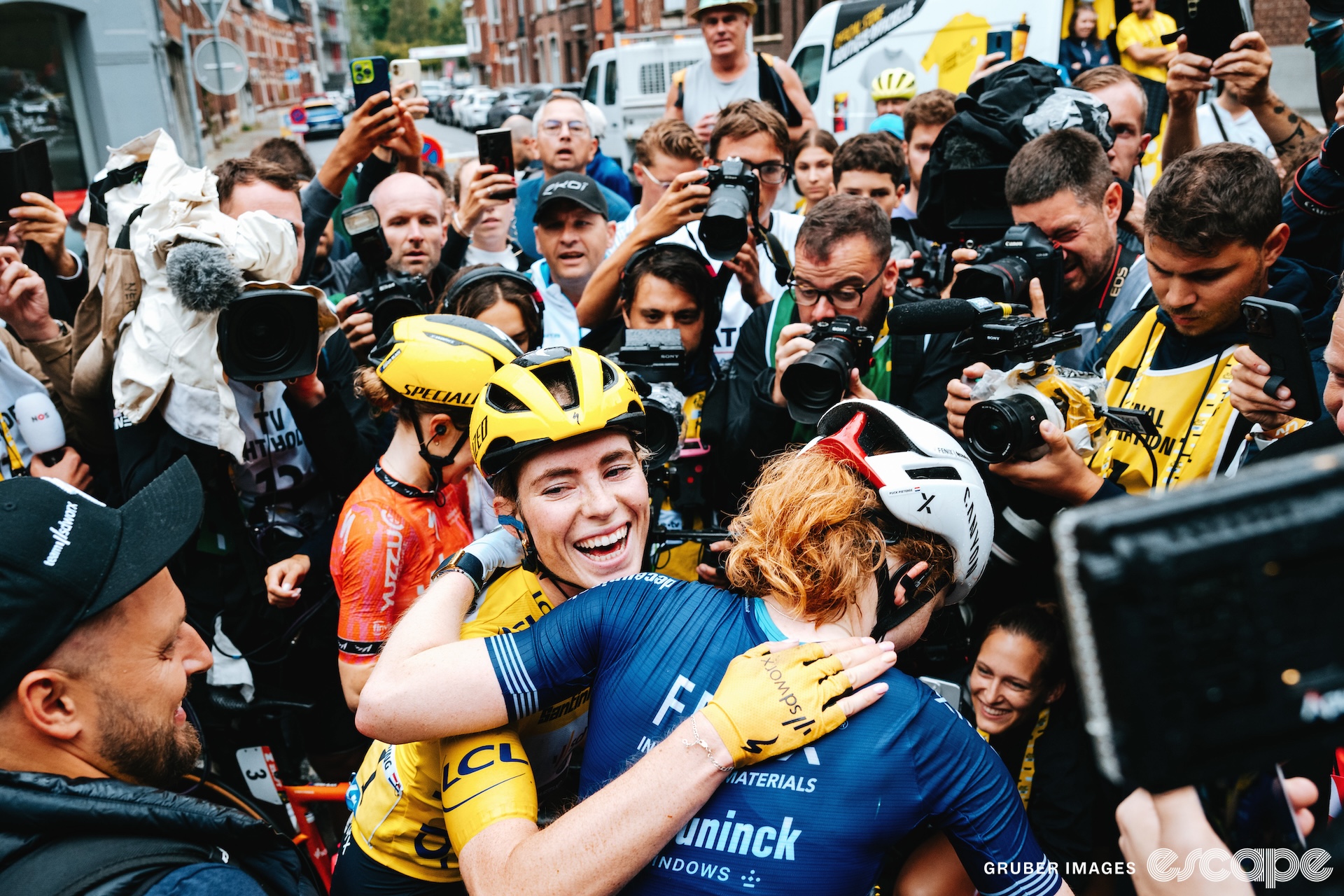
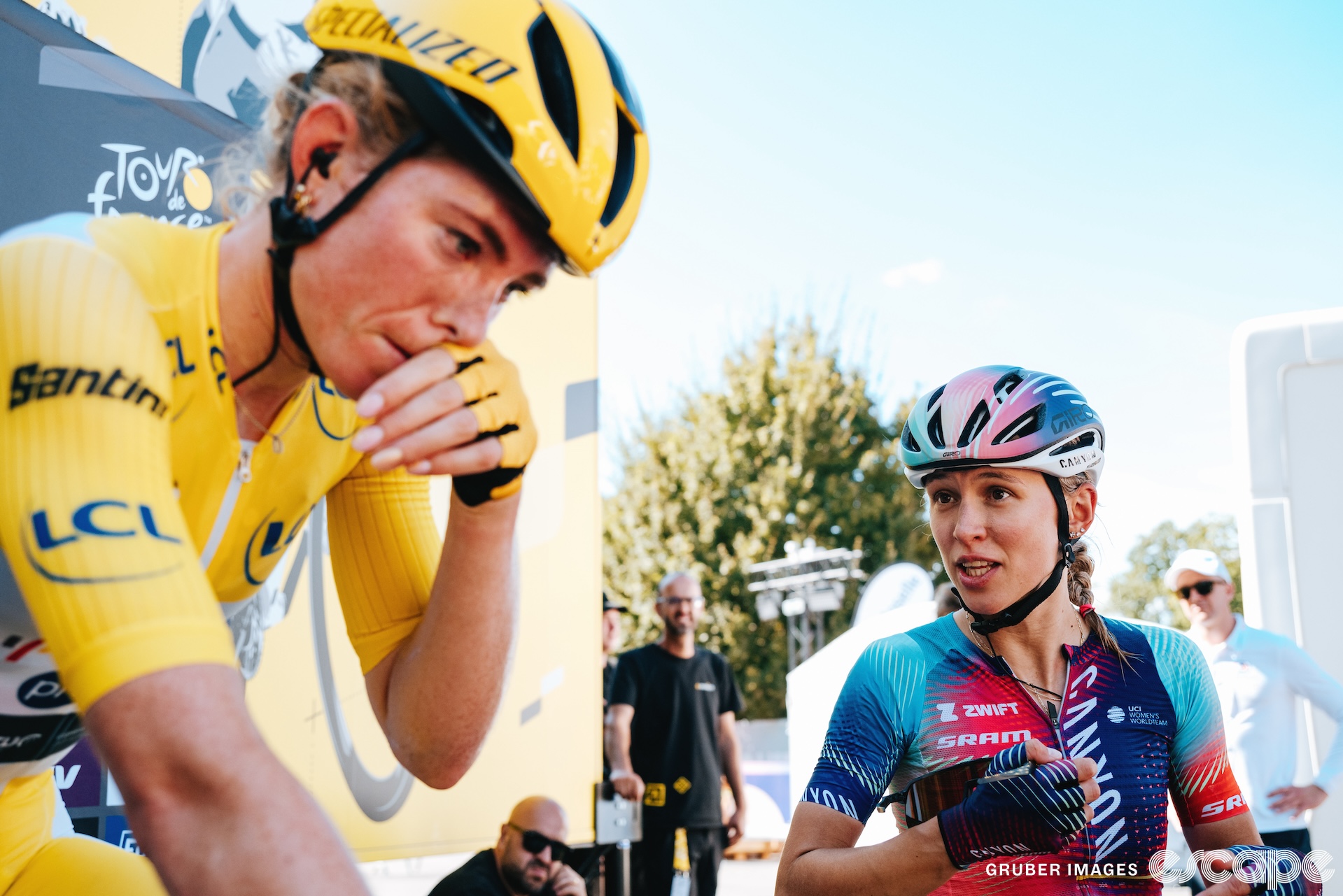
At the Tour de France Femmes, more so than at any other race, femininity and women are front and centre, not just in the peloton but around the race too. More women are working here than at any race on the calendar, and for some it’s the fashion high point of the year - you only have to look at Zwift’s director of women’s strategy Kate Veronneau’s colourful and ever-changing outfits to see how femininity is not just welcome here, but celebrated and shown off.
Of course, it’s important to remember that the women here are only representing one portion of womanhood. Most of the peloton are white and from the western world, and fit into most conventional ideas of femaleness. What’s more, femininity is not just reserved for women.
“One of my favourite things about the Olympics was watching how all the track and field athletes decorated themselves, the male athletes and the female athletes,” Williams pointed out. The USA’s Noah Lyles had a Games-themed manicure that would rival most of the riders here. Whilst the male peloton have embraced subtle necklaces and bracelets, we’re yet to see a men’s Tour rider go all in with the yellow nails. Maybe next year?
As it is every year, the Tour de France Femmes is a celebration of women’s sporting excellence, and the growth and strength of women’s cycling. That is, of course, the important thing here. But alongside the racing, riders are finding ways to express themselves on and off the bike, claiming femininity back in such a masculine world, and it adds an extra sparkle to a special event.
Did we do a good job with this story?
